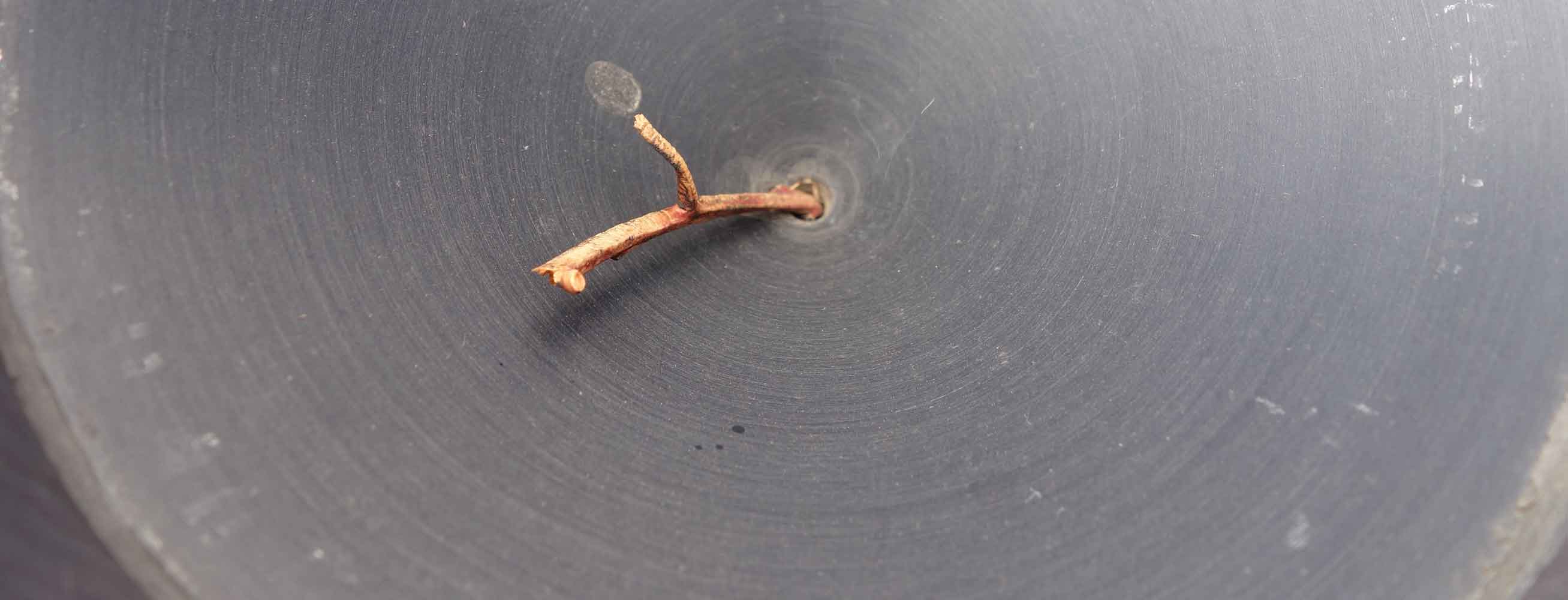In the frame of a joint lecture of the Universities of Hamburg and Innsbruck, 20 students have visited farmers and fields in the Huaraz region in order to setup a new weather station directly at a field-site, check the Hobo precipitation gauges along the “Huaraz transsect”, investigate soil properties at all measurement sites, and interview farmers at those sites about their farming methods.
AWS Agroclim Huaraz
The automatic weather station (AWS) has been installed in Llupa at a field owned by our local partner Hector Oropeza at 3724 m a.s.l. The AWS records half hourly values of temperature, humidity, radiation (short-/longwave in and out), precipitation and soil moisture at 15, 35 and 60 cm depth. Wind speed and direction will be available as soon as a defect sensor (broken at arrival) can be replaced. Additionally, a simple automatic camera monitors plant growth close to the station. All data are automatically transfered to servers of the University of Innsbruck and current data are available here (sometimes data are missing due to missing network coverage).
 Automatic weather station in Llupa (see data). New cultivation season will start soon.
Automatic weather station in Llupa (see data). New cultivation season will start soon.
Check of precipitation gauges
The 5 Hobo precipitation gauges installed in 2016 were visited, tested and maintained. It turned out that one sensor had a blocked tipping-bucket and another sensor was not measuring because of a loose cable. Fortunately these problems only were present since the last data reading end of July and could be solved. Nevertheless, very simple tests with 20ml of water inserted at each Hobo yield to too many tips at two field sites. Thus, further tests need to be conduced by our local partner Rolando Cruz.
 Rain gauge at arrival - maintenance required ;-).
Rain gauge at arrival - maintenance required ;-).
Soil sampling
As water infiltration rates and storage capacity are a function of soil properties and also other soil features influence plant growth, soil profiles were conduced at all measurement sites. In the field, students analysed e.g. soil type, grain size or rooting depth. They also measured PH values and soil moisture. Furthermore soil samples were collected to be analysed in the laboratory for basic soil physical properties and available nutrients. When all results are available, we aim to publish them on this webpage.
 Students analyzing soil parameters.
Students analyzing soil parameters.
Interviews with farmers
To get an idea which crops are grown on the investigated fields and which methods are used e.g. concerning crop rotation or soil treatments, students interviewed the farmers owning the fields. Prepared questions were used as a guideline to conduce in-depth interviews. To reduce misunderstandings arising from different language and cultural backgrounds, Rolando Cruz moderated the interviews. The statements are now analyzed together with experts and we also aim to publish a summary of these results here.
 Students conducing interviews with field owners.
Students conducing interviews with field owners.
Final remarks
We are very thankful to Aljeo Cochachín and Rolando Cruz as well as Hector Oropeza who made this very diverse student project possible! We also thank all involved “campesinos” for their trust and willingness to share information with “gringos”. Overall, thanks to our highly motivated students, this lecture will serve as a useful step to facilitate further research activities. Furthermore, teaching and doing research merged during this activity which hopefully yields useful experiences and further opportunities (thesis building on the investigations) for the involved students. We (Martina Neuburger, Wolfgang Gurgiser) in our role as supervisors and curious researchers are thankful for the students’ hard work and enthusiasm!
 Students on their way to the study sites in the Cordillera Negra.
Students on their way to the study sites in the Cordillera Negra.